New Solutions
New Wi-Fi 6 Technology Guarantees Continuous Coverage
Wave goodbye to poor Wi-Fi - Huawei is going above and beyond the current Wi-Fi 6 standard with AirEngine.


By Wu Rihai, Chief Architect of Campus Network WLAN Products, Data Communication Product Line, Huawei

From offices, factories, and cafes right up to the International Space Station, Wi-Fi is everywhere. But, many problems exist with Wi-Fi. Unable to load a webpage even though the Wi-Fi signal is strong? When someone downloads a video, does that reduce speeds for other people? And does connection stability suffer when you’re on the move?
According to the Wi-Fi Alliance, more than 10 billion Wi-Fi devices are in use worldwide, carrying more than half of today's data traffic. With the proliferation of applications on mobile devices, the application experience is crucial. New applications often require higher bandwidth and lower latency, and user complaints are becoming more focused on issues like poor Wi-Fi experience.
To minimize complaints, CIOs are prioritizing a consistent user experience in fully wireless workspaces, regardless of place or device. Although this requirement seems simple to address, the IDC reports that 76% of enterprises worldwide are currently dissatisfied with their wireless networks.
So, is there a viable wireless solution to address these concerns?
Yes – in the shape of a future-proofed Wireless Local Area Network (WLAN) that can truly sense environmental changes — such as crowd flows, interference, and partitions — all while dynamically evaluating service experience. Connected to a WLAN such as this, application users can enjoy a consistent experience almost anywhere at any time. This is made possible by fully wireless, continuous coverage networking technology.
What do we mean by continuous Wi-Fi 6 coverage?
Conventional WLAN has inherent technical limitations. Due to issues with coverage, capacity, interference, and roaming, it fails to deliver continuous coverage and cannot resolve common issues such as coverage holes, compromised performance at coverage edges, deteriorated access performance upon multi-device concurrency, network-wide co-channel interference, and disconnection when roaming (see Table 1).
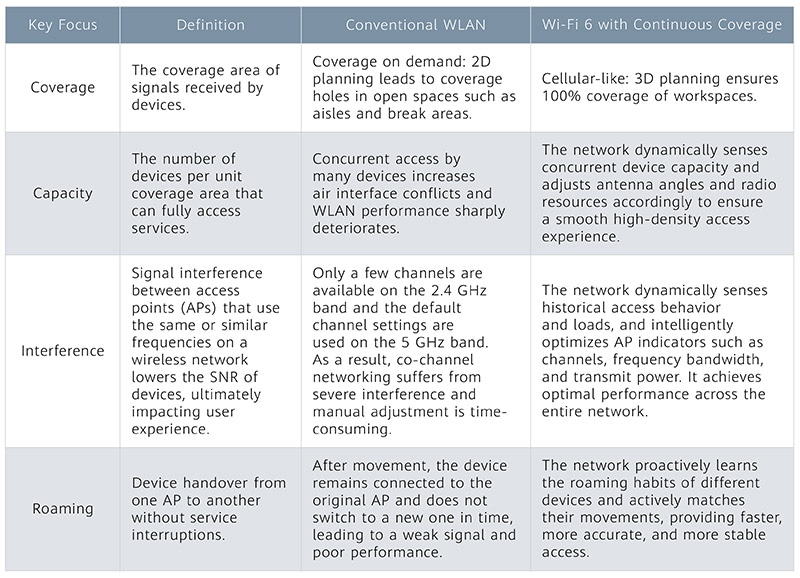
Table 1: Differences between conventional WLAN and Wi-Fi 6 with continuous coverage
Can Wi-Fi 6 networks alone offer a seamless experience?
The short answer is no.
Wi-Fi 6, also known as IEEE 802.11ax, is the sixth generation of Wi-Fi, as its name suggests. By using uplink multi-user multiple input multiple output (MU-MIMO) and orthogonal frequency division multiple access (OFDMA) subcarrier technologies, Wi-Fi 6 better utilizes spatial radio resources and improves the multi-user concurrency experience per unit coverage area. The majority of today's new smart devices also support 802.11k/v/r protocols, further improving the roaming experience.
Although these technologies provide the foundation for wireless networking with continuous coverage, they revolve around single APs and cannot resolve the experience issues in multi-AP networking environments. They also fail to address legacy roaming mechanism issues: roaming requests are still initiated by devices and the distinct roaming behavior of devices cannot be controlled. This means that once devices are introduced to the wireless network, a reliable user experience isn’t ensured.
However, the foundation is there. With a few tweaks, continuous Wi-Fi 6 coverage can be achieved.
What networking innovations have Huawei made with Wi-Fi 6?
Huawei believes that future-proofing wireless networks means making them more intelligent than ever. Wi-Fi 6 technology has elevated single-AP performance to new heights, with telemetry and AI paving the way for a digital wireless network that can sense changes to the environment and devices. AI inference can calculate optimal performance targets, helping to achieve the best experience across the entire wireless network.
With all this in mind, Huawei has made a number of innovations to make wireless networks more intelligent.
Innovation 1
Unique 3D WLAN network planning and AI-powered real-time network simulation ensure full wireless signals in every nook and cranny. Huawei's WLAN Planner, a feature-rich 3D network planning tool, can directly read the floor plan of an onsite environment (see Figure 1) and allow users to flexibly define multiple types of partitions with various materials. Additionally, this tool automatically recommends the most appropriate AP model for any given scenario. With built-in simulation algorithms, WLAN Planner delivers high-precision signal coverage simulation. This intelligent system can even handle advanced network planning and intuitively understand the roaming experience.
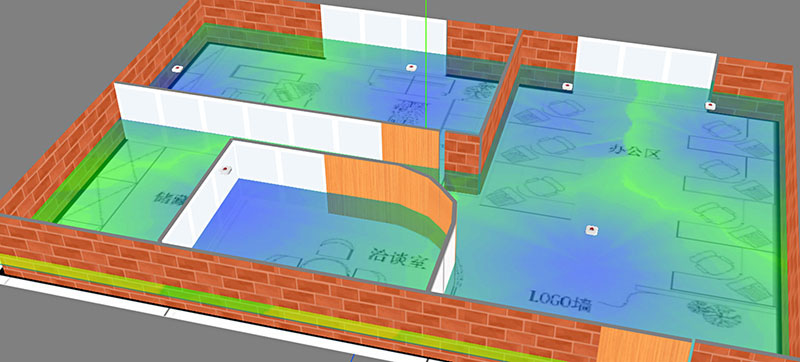
Figure 1: 3D network planning and AI-powered network simulation
Innovation 2
Next-generation Dynamic-Zoom Smart Antennas create reliable connections for each device by intelligently sensing device density in the network access environment. Dynamic-Zoom Smart Antennas work flexibly in omnidirectional or high-density coverage scenarios, adapting fluidly to the demands of crowds, offering either wide coverage or smooth high-density access as circumstances require. When user access density increases, the AP quickly reduces the angle of its Smart Antennas. At the same time, it utilizes Smart Antenna training algorithms and high-performance reflector technologies to minimize signal interference at the edge, improving performance by over 20% (see Figure 2).
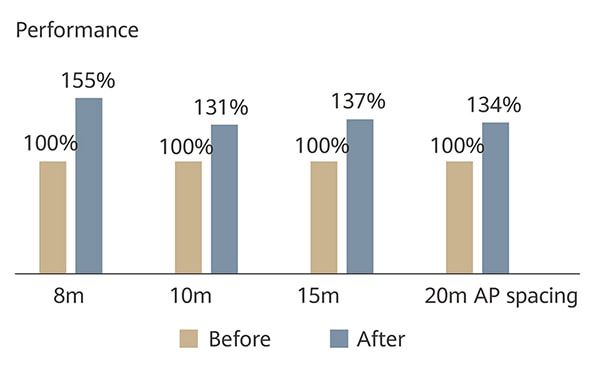
Figure 2: Performance comparison before and after angle adjustment by Dynamic-Zoom Smart Antennas
Innovation 3
Unique to Huawei, AI-powered intelligent radio calibration technology predicts future changes based on historical data and performs predictive automatic optimization, ensuring an optimal user experience across the entire network. This technology, combined with the intelligent operations and maintenance (O&M) system — iMaster NCE-CampusInsight — detects environmental changes and optimizes radio resources based on network traffic. As a result, co-channel and adjacent-channel interference is reduced and the network-wide experience is intelligently optimized to improve performance by over 58% (see Figure 3).
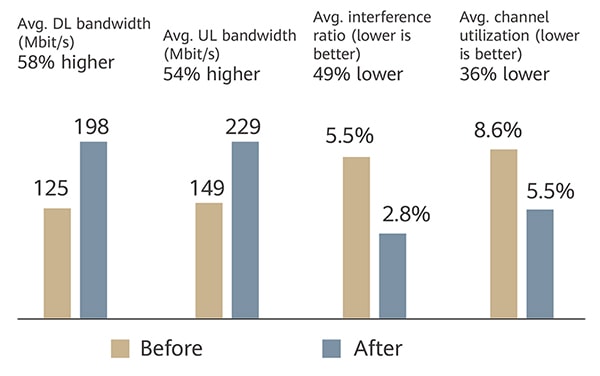
Figure 3: Comparison before and after intelligent radio calibration is used (Source: Tolly Group report)
Innovation 4
AI roaming technology, another differentiator of Huawei Wi-Fi 6, learns the roaming behavior of each device to avoid interruptions, even when moving around corners. By identifying device types and learning their roaming habits, this technology formulates differentiated device roaming policies and parameters, allowing it to actively steer device roaming. In this way, devices of each type experience optimal roaming, bringing roaming success to a record high of more than 95% (see Figure 4).
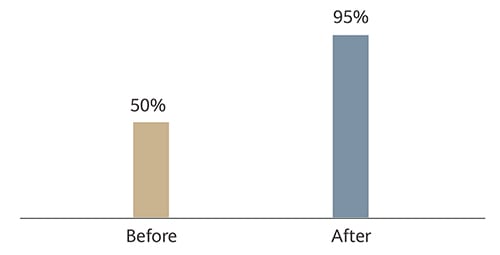
Figure 4: Roaming success rate comparison before and after AI roaming is introduced
These four innovations are just a glimpse into Huawei's ongoing efforts to achieve fully wireless intelligent continuous coverage networking for an unrivaled user experience. Huawei is going beyond the Wi-Fi 6 standard, pioneering innovative networking technologies and network optimization practices to address the pain points in enterprises' fully-wireless networks.
With long-term research conducted on wireless networks and customer experience data analytics from the field, Huawei's WLAN team has taken the lead in advocating fully-wireless, continuous coverage gigabit networking. This underscores Huawei's efforts to ensure seamless user access and a consistent user experience.
Huawei has built and tested a ubiquitous 100 Mbit/s to 300 Mbit/s wireless network for its offices, covering tens of thousands of square meters. In doing so, Huawei has demonstrated that the 100 Mbit/s continuous coverage networking model shown in Figure 5 delivers indispensable benefits: a device can achieve 100 Mbit/s in 95% of an AP's coverage area.
Huawei's Intelligent Continuous Networking Solution builds on Huawei AirEngine APs and iMaster NCE-CampusInsight. It's a purpose-designed solution for future-proof, fully wireless networks that meets the requirements of a range of sectors, including education, healthcare, hospitality, and manufacturing, as well as being suitable for use in airports, warehouses, and stadiums.
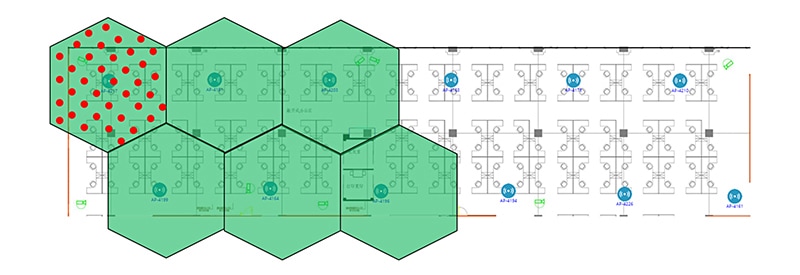
Figure 5: 100 Mbit/s continuous coverage networking in the office area
Huawei's innovation in wireless networking technologies will help enterprises build fully wireless networks in which all things are connected, user experience is optimized, and services are always on. With Huawei's assistance, enterprises can benefit from more efficient, stable, and effective connectivity in their offices and production facilities.
For more information, download the Huawei AirEngine Wi-Fi 6 Continuous Self-Organizing Network (CSON) Technology White Paper and Huawei Campus Network Intelligent O&M Technology White Paper.
- Tags:
- Data Networks






